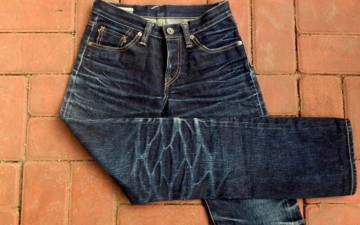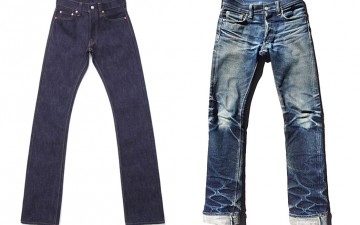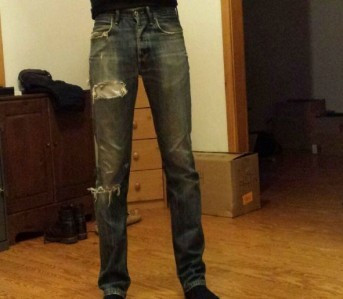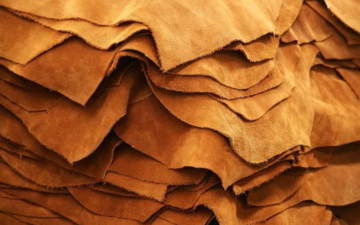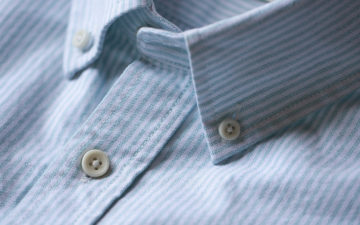Patina. It’s a word that underpins much of the heritage and quality goods scene. The term is most commonly used in the realm of leather goods to describe the appearance of a piece of leather that has absorbed oil, dirt, and other molecules, but it can be applied to any material that naturally changes its appearance as it is used or exposed to the elements.
If the word patina has had you stumped, this is the article for you. We’ll be going through what patina is, how it occurs in different materials, and why it is relevant to our niche.
What is Patina?

DaLuca natural watch straps; raw on left, aged on right (Image via DaLuca Straps)
Merriam-Webster defines patina in the following ways:
a) a usually green film formed naturally on copper and bronze by long exposure or artificially (as by acids) and often valued aesthetically for its color
b) a surface appearance of something grown beautiful especially with age or use – “the beautiful patina of this antique table”.
Now, as you can see from definition a), the term is chiefly used to describe the green film that forms on copper or bronze i.e. the Statue of Liberty. The Statue of Liberty is made of copper, and in its original form had a deep golden appearance of that metal. However, after continued exposure to the elements and overall oxidation, copper develops its signature green surface from chemical compounds in the atmosphere — just like rivets on a pair of old jeans.
What Develops a Patina?
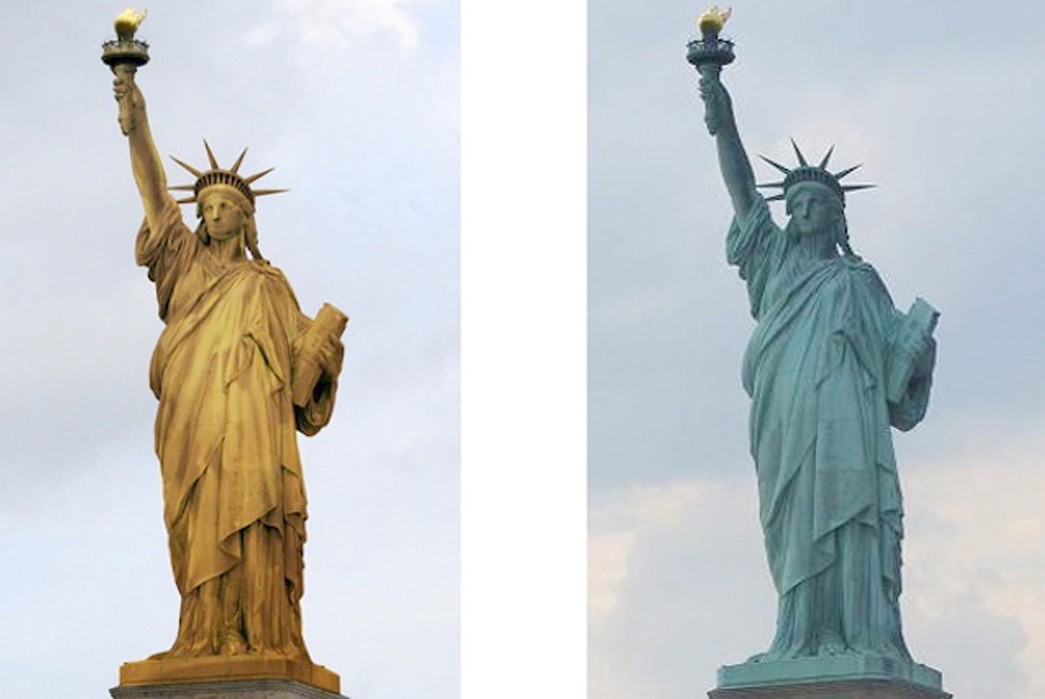
The Statue of Liberty before & after patina. Left image is generated. Image via The Gothamist.
Many materials can develop a patina. We tend to focus on leather, raw denim, and waxed cotton in our niche, but wood, the aforementioned metals, other cotton fabrics, nylon, and even stone are examples of other materials that can develop a unique patina through use and exposure.
Stone is an example that might not be especially obvious unless an older stone facade is set up against a new one. The older stone tends to have a darker, weathered appearance thanks to continued exposure to the weather and the sun. In reality, so many materials and products can develop a patina — think of your old white MacBook from the late 2000s, your childhood Playstation, or even the fabric seats on the interior of an old car.

New vs. Aged Playstation 1 Plastic Controllers via Etsy & Karoussel respectively.
Classic Patina-Ready Materials in Clothing & Accessories
Leather

Gustin Natural High Tops; unworn on the left, worn for 1 week on the right (Image via Gustin)
Leather is probably the first material that comes to mind when one thinks of the word patina. Raw leathers that aren’t coated or overly treated are porous, meaning that they absorb dirt, oils, moisture, and sunlight as they’re used. Different leathers will react in their own way, but in general, this process will cause the leather to darken and develop a lustrous sheen in places. High exposure to sunlight might even fade the leather, and friction against other materials like denim, wool, or even other leathers can cause color transfer that will contribute to the overall patina of the piece of leather in question.
Here are examples of some lovely patinated leather goods:
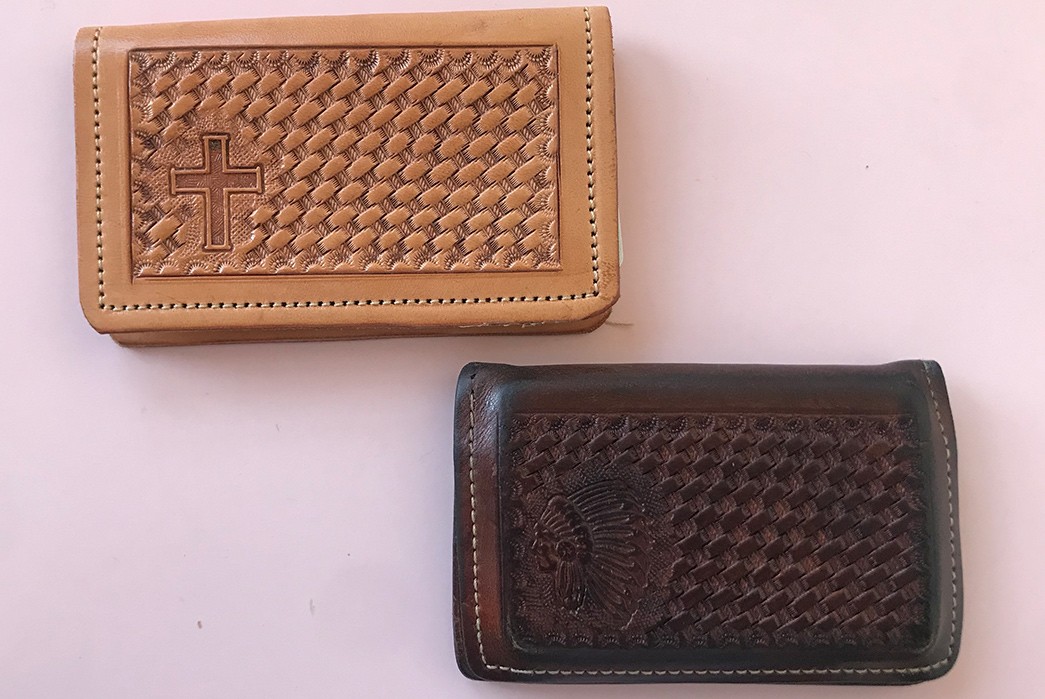
D-R Leather Goods Cardholder made from natural vegetable-tanned leather and used for 14 years.
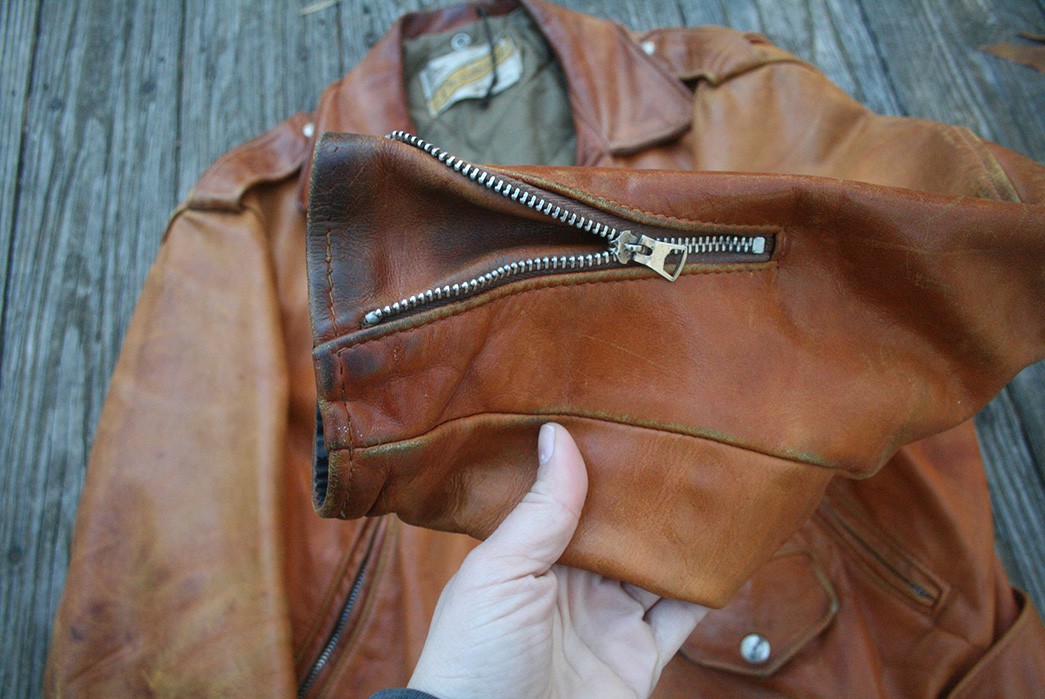
Patina on a Schott Perfecto Jacket worn for around 10 years. Notice the variation in color.
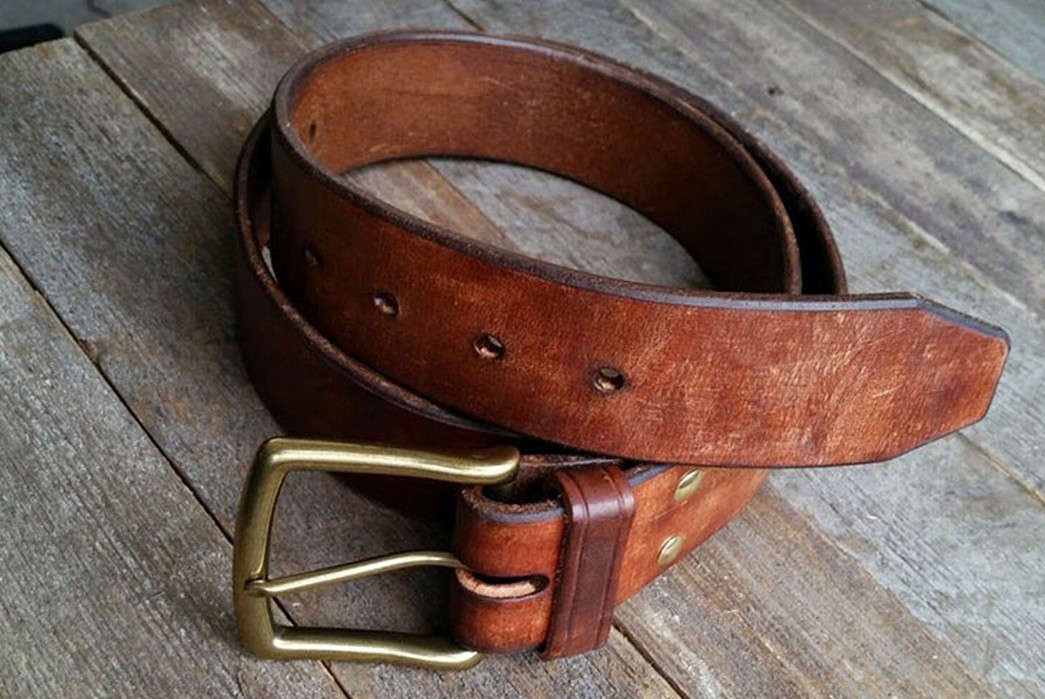
A Craft & Lore Belt used for nearly 2 years.
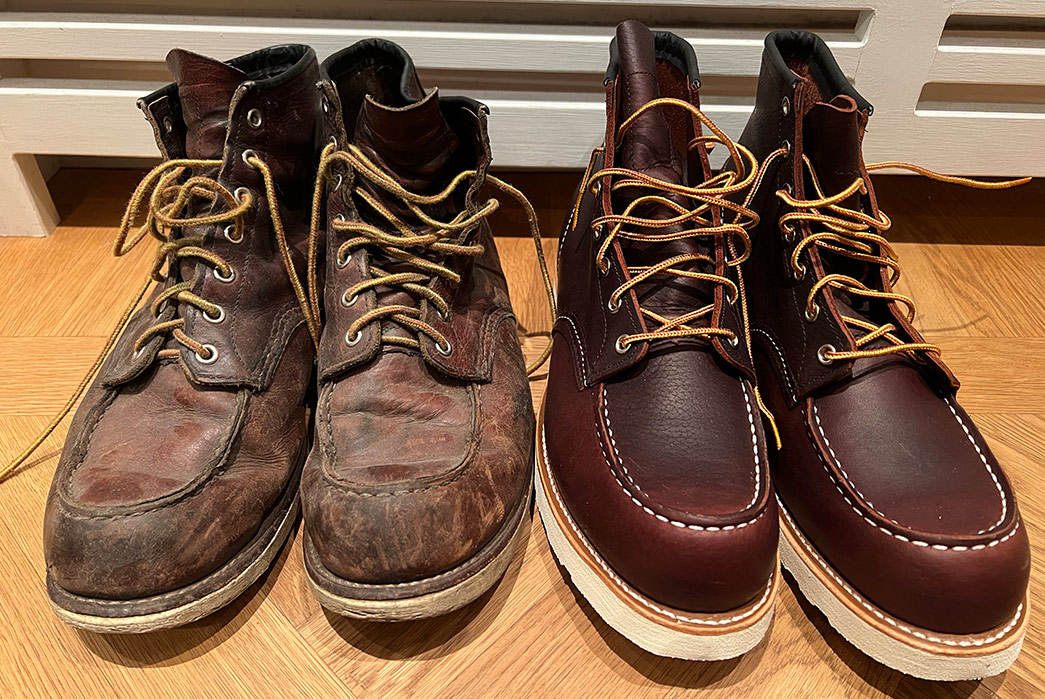
Used and patinated vs. new Red Wing Moc Toe Boots
Denim
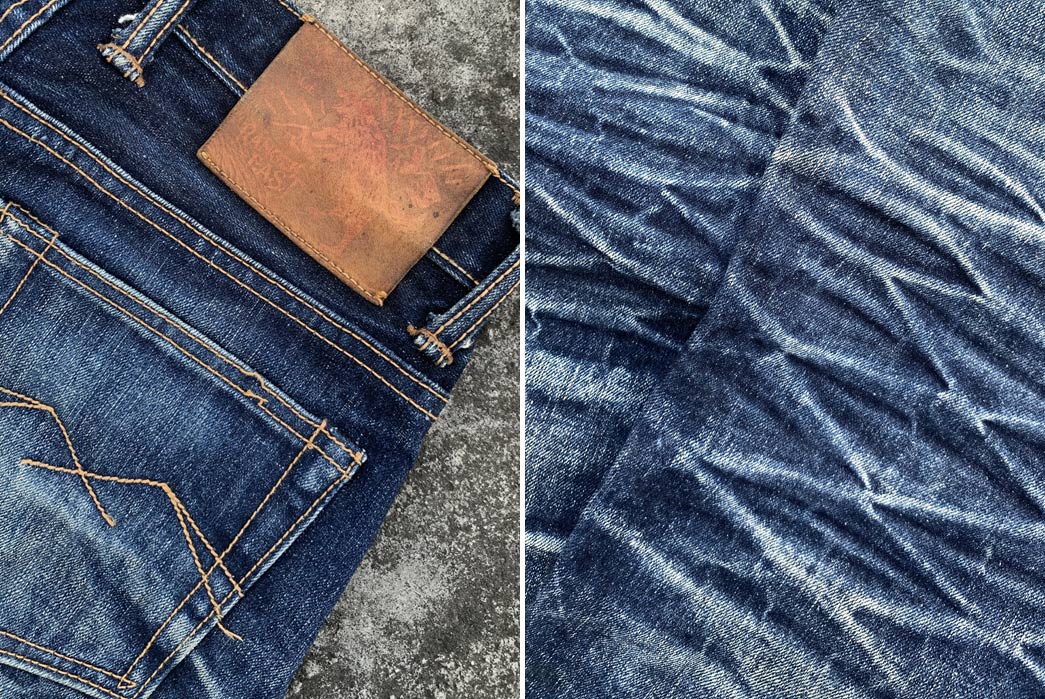
Faded raw selvedge denim jeans by Indonesian label, Sage.
Denim develops a patina in the form of fades, creasing, crocking, dirt, and stains. In the denim scene, this phenomenon is typically referred to simply as fades. This process occurs as friction and movement from wearing the jeans creates creases and areas of stress. In these areas of stress, creasing, and abrasion, the dye used on the denim is rubbed off, revealing the lighter core of the cotton yarns used to weave the fabric. Washing denim compounds this as it removes dye across the fabric, causing a lighter hue. Depending on the wearer’s activity, denim can develop a dirty hue or a slight sheen, which would be referred to as patina, I.e. “Stark fades can be seen through a dusty-brown patina on this pair of well worn Iron Heart jeans”
We have an extensive catalog of Fade Friday features that exhibit some of the finest fades ever earned on raw denim jeans. Here are some examples:
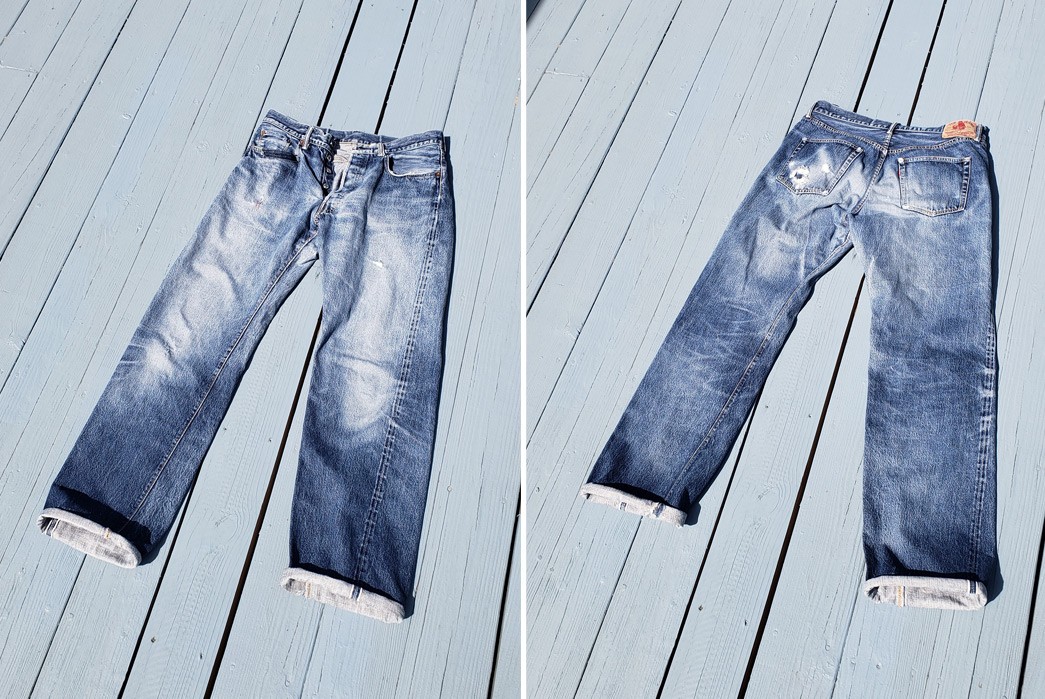
Beautiful vintage-style fades on a pair of TCB 50s Selvedge Denim Jeans.
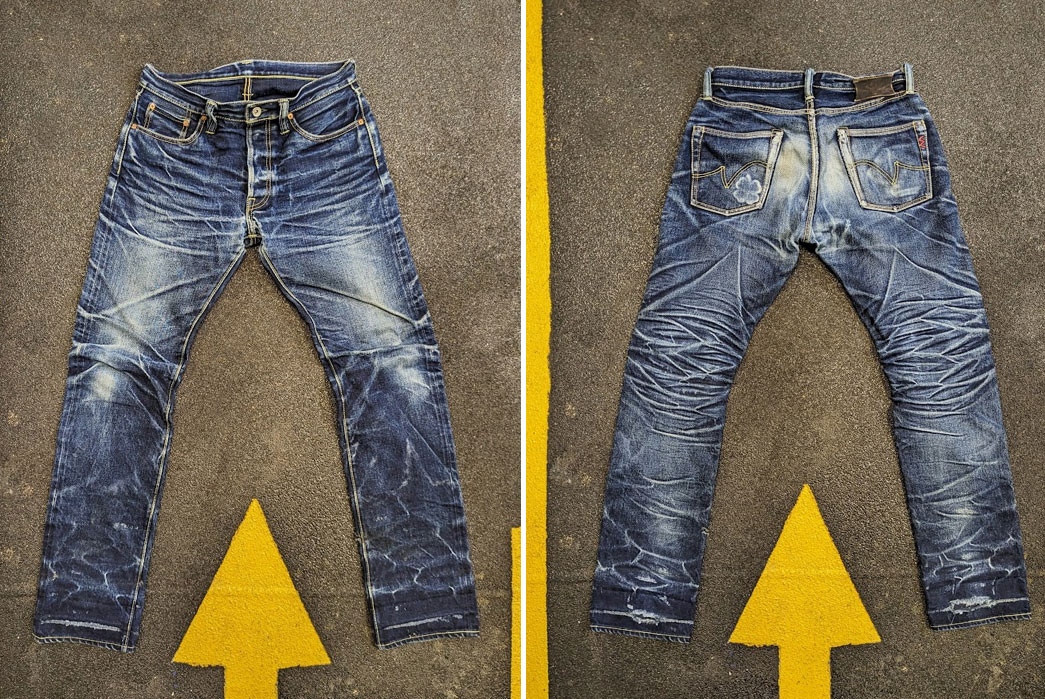
A pair of heavily creased and faded Iron Heart 634Sii Raw Selvedge Denim Jeans.
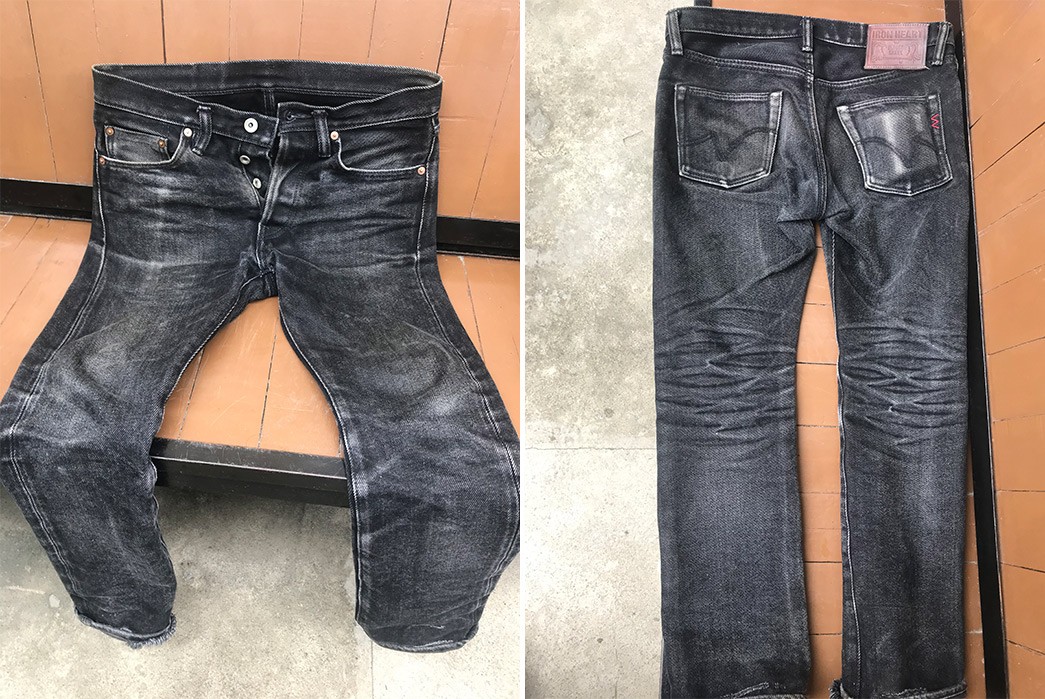
Black denim forms a smoky patina with chalky fades as seen on this pair of Iron Heart IH555 Jeans.
Waxed Cotton
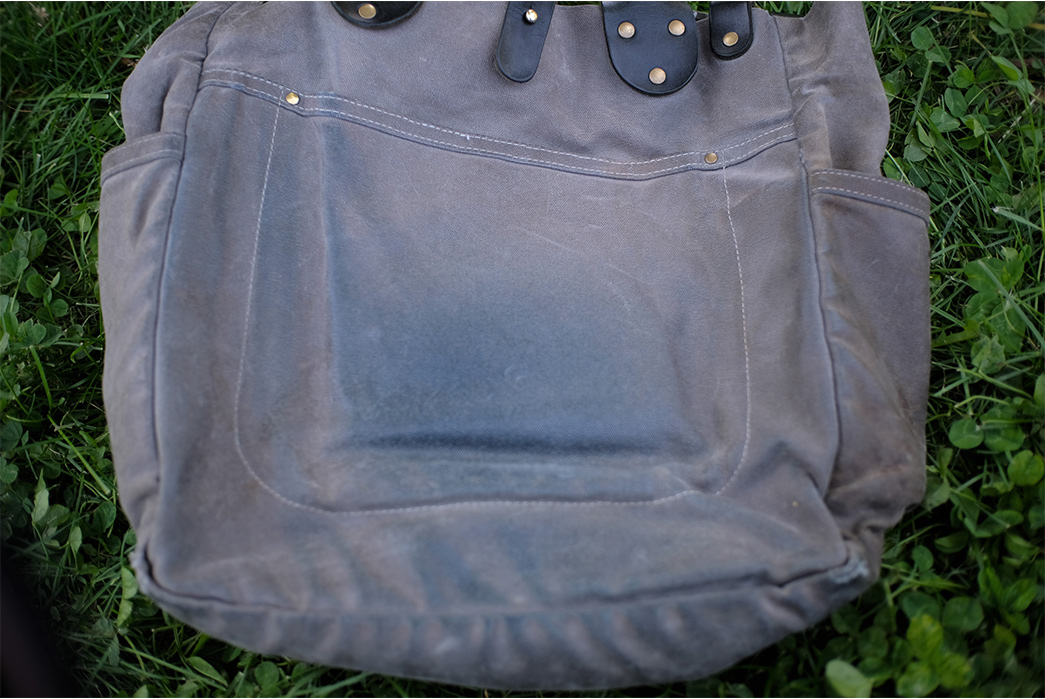
Patina on a Winter Session Garrison Waxed Canvas Carryall.
Waxed cotton arguably has a patina of its own when new. Every single waxed cotton garment is different due to each piece absorbing/being coated by the wax slightly differently. That said, waxed cotton stuff does turn the patina dial-up after heavy wear/use. The wax coating rubs off in places but also thickens and darkens in others. It can even bake a bit in the sun, leaving a unique pattern. Wax also stiffens cotton, meaning it is more likely to crease and fade in a similar way to denim.
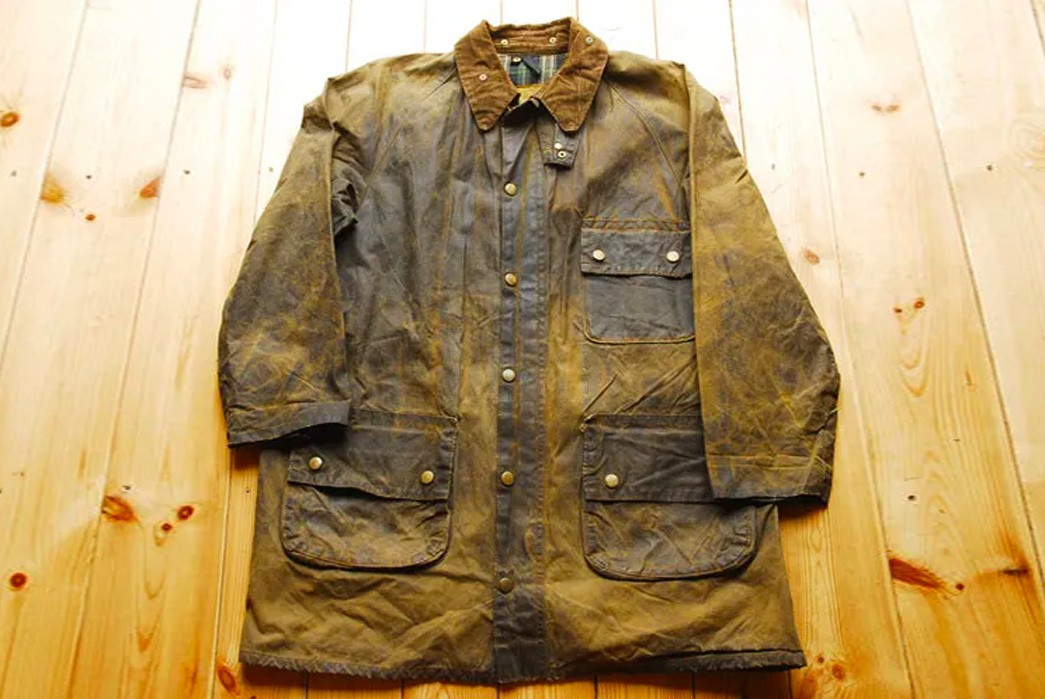
A well patinated Barbour waxed cotton jacket.
Duck Canvas/Cotton
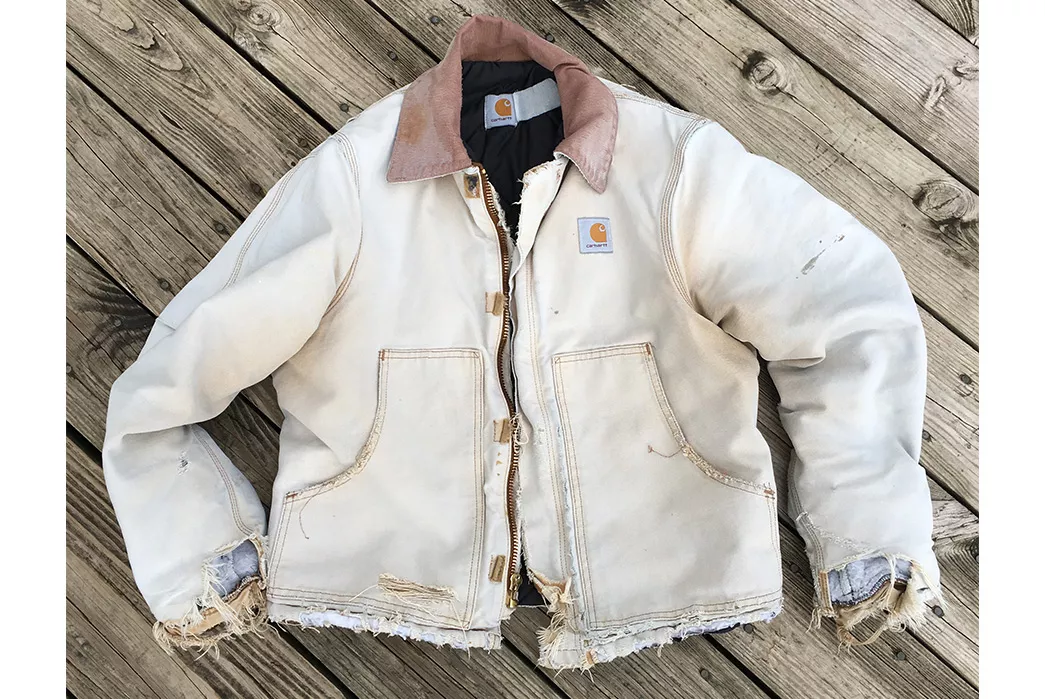
A heavily faded Duck Canvas Carhartt Jacket.
Being a heavier cotton fabric, duck cotton — especially duck cotton canvas —crocks and fades (if it is dyed) due to its stiff and abrasive nature.
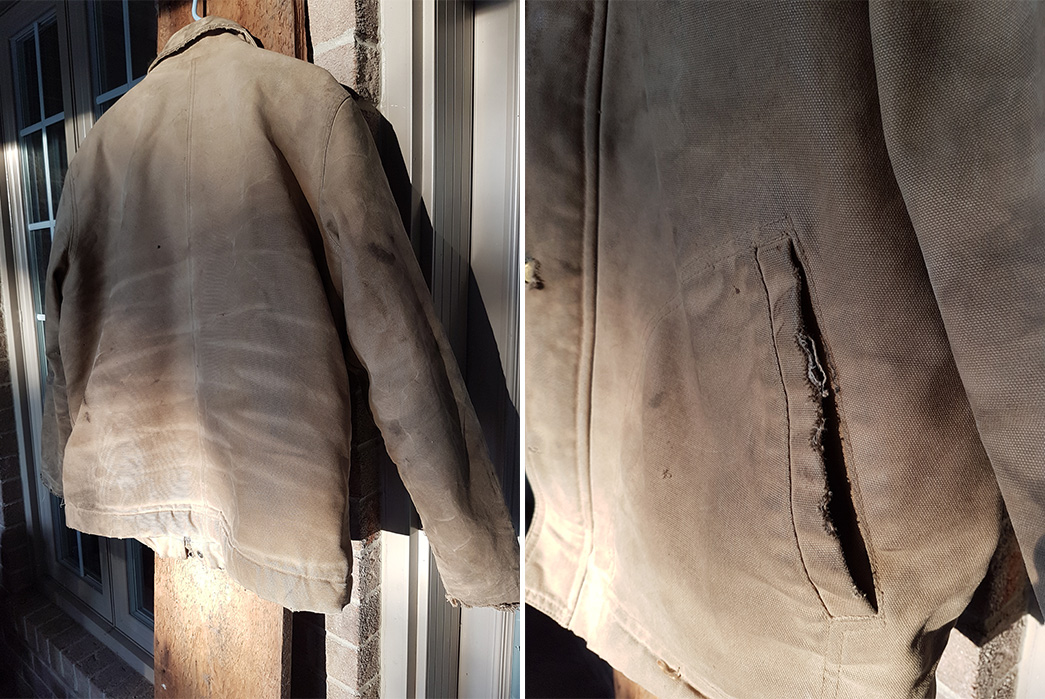
A used and faded American Eagle Duck Canvas Work Jacket.
How Do I Get Patina On My _______?
The answer to this question is invariably “use it”. Every material will develop its own patina in time. If you want a natural patina quicker, there are some choices you can make to achieve this. When it comes to denim, the heavier and stiffer the better if you want fast-action fades. Leather? Try and go for vegetable-tanned or teacore leather. You’d get the most dramatic patina on an unfinished leather. Above anything, though, use the item frequently and don’t baby it.
How to Remove Patina
Patina can’t always be removed, but you can reduce its visibility/ sometimes remove it:
- Raw denim – you can prevent stark fading by washing the denim regularly. Washing denim will also remove any dusty or dirty hues in the fabric from frequent wear. You could even overdye a pair of old jeans to remove some of the fading that forms part of its patina.
- Waxed cotton – you can re-wax waxed cotton fabrics, leaving the fabric looking more uniform as areas that have lost wax will be re-coated and darken again.
- Leather – You can wash or treat leather to remove some patina. This depends on the leather, but this will usually involve cleaning with some appropriate soap and drying the leather before applying an oil or cream to restore some of its natural oils. This process should remove some surface dirt and sort any dry spots on the leather, as well as reduce the appearance of any creasing. The natural properties of leather mean it will more than likely always retain a level of patina once its been well used.
If you have any heavily patinated items, be sure to share them with us for a chance to be featured on our famous weekly Fade Friday.


